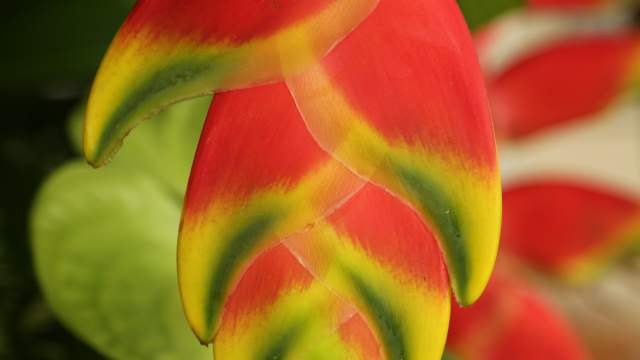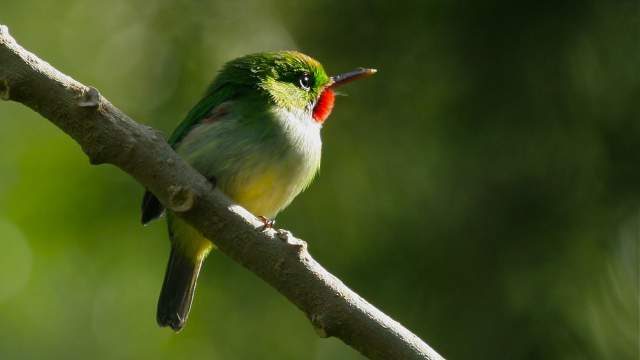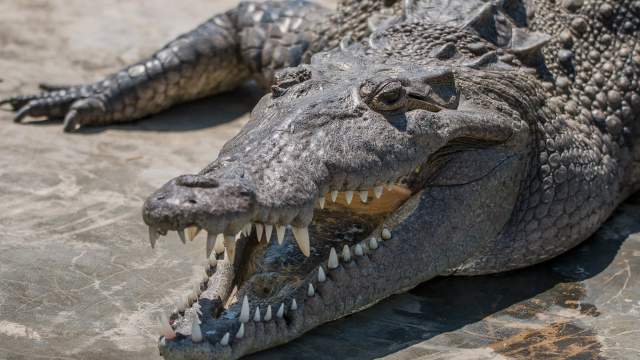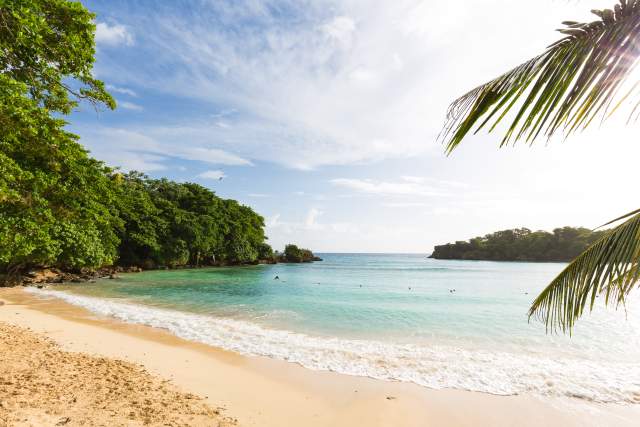Nature
Explore Jamaica's Beauty
The beauty of the Jamaican landscape is truly unparalleled. The Tainos, the first inhabitants of the island, named the land Xaymaca meaning ‘land of wood and water’. Opportunities to explore nature abound in Jamaica. Our tropical maritime climate gives rise to lush vegetation, countless rivers, streams, and waterfalls. Come back to wonder with incredible vistas, natural wonders, and landscapes that will take your breath away.

The wildlife of Jamaica
Having the fifth highest number of endemic species of any island in the world, Jamaica is home to a diverse array of wildlife, including birds, reptiles, and mammals. Some 329 species of birds can be seen in Jamaica. High up in the Blue and John Crow Mountains National Park, you’ll find one of the largest migratory bird sites in the Caribbean and the only location where all of Jamaica’s unique and endemic bird species can be observed. Listen for the mysterious call of the Mountain Witch Dove or the raucous chatter of green parrots as they fly home together in the evening. Can you sit still enough to feed a hummingbird by hand? Nature lovers must visit the Rocklands Bird Sanctuary, in Montego Bay, to get up close to colourful creatures, including the yellow-billed parrot and the Jamaican Tody.

Visit the Hope Zoo in Kingston to learn about rare and protected species such as the Yellow Boa and Jamaican Iguana. Curator and National Geographic Explorer, Joey Brown, leads the friendly and knowledgeable team at Hope Zoo and will introduce you to the many furry, feathered, and scaled residents.
Swim with dolphins at Dolphin Cove in Ocho Rios and Montego Bay. On the South Coast, board a boat for the Black River Safari. The longest navigable river in Jamaica is home to the endangered American Crocodile and elusive West Indian Manatees. Your guide will bring you face to teeth with the river’s residents and teach you about the incredible biodiversity of this largest freshwater wetland ecosystem in Jamaica.
Along the north coast, turtle hatchings are an event. Every summer Leatherback and Hawksbill sea turtles come ashore to lay their eggs on the beaches. Local turtle conservation authorities protect the precious endangered marine life and work with hotels such as Jamaica Inn and Half Moon to organize activities around hatchings. You can plan your vacation around this truly magical experience as the tiny hatchlings emerge and make their way to the sea.

Jamaica's gardens and landscapes
Thousands of plant species make Jamaica one of the most biodiverse Caribbean islands. Explore all that nature has to offer on the island with diverse ecosystems that range from wet tropical forests in the East to the cactus scrublands of the south. Visit the cloud montane forest, one of the rarest of the world’s tropical forests, home of the Giant Swallowtail Butterfly, the largest in the Western Hemisphere. Take your family to Holywell for nature trails suitable for all ages. Beautiful blooms dot Jamaica’s landscape in brilliant colour. Pack a picnic and head to the Hope Botanical Gardens in Kingston, where over 200 species of trees, including several rare and endangered varieties, are on display.

Unique natural wonders
Black sand beaches on the south coast, Portland’s beautiful Blue Lagoon, and the ‘fire water’ of the Windsor Mineral Spring in St. Ann are only a few of our island’s natural wonders. The Luminous Lagoon, located in Falmouth, is perhaps the island’s most unique experience. One of only four such sites in the world, the bay is home to bioluminescent microorganisms that emit light when disturbed, making the water glow at night. Swim in the enchanting lagoon bathed in light and marvel at this natural phenomenon.

A nature lover's paradise, Jamaica boasts incredible sites to explore. It’s time to come back to breathtaking and delight in the sights and sounds of our diverse tropical landscape.

